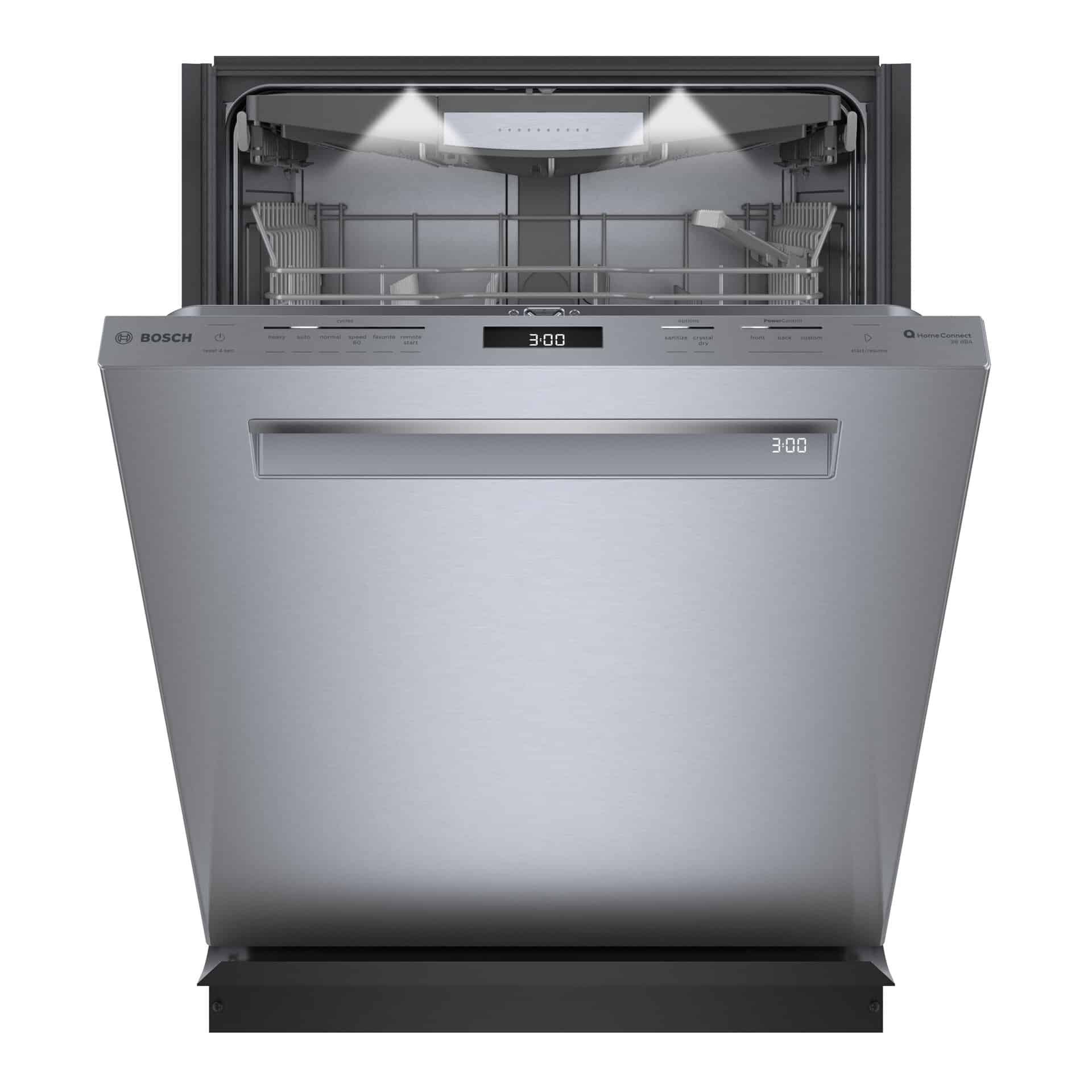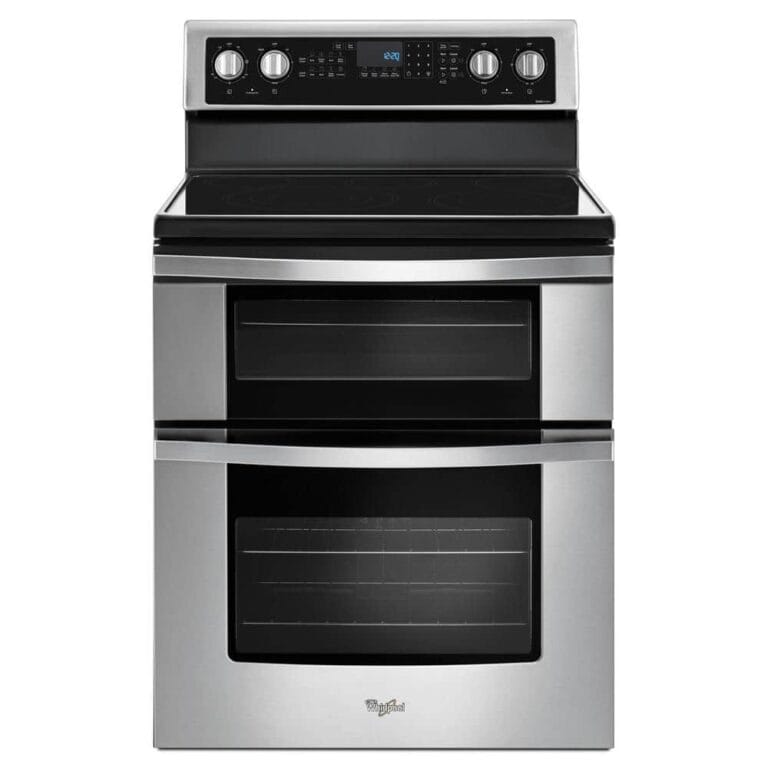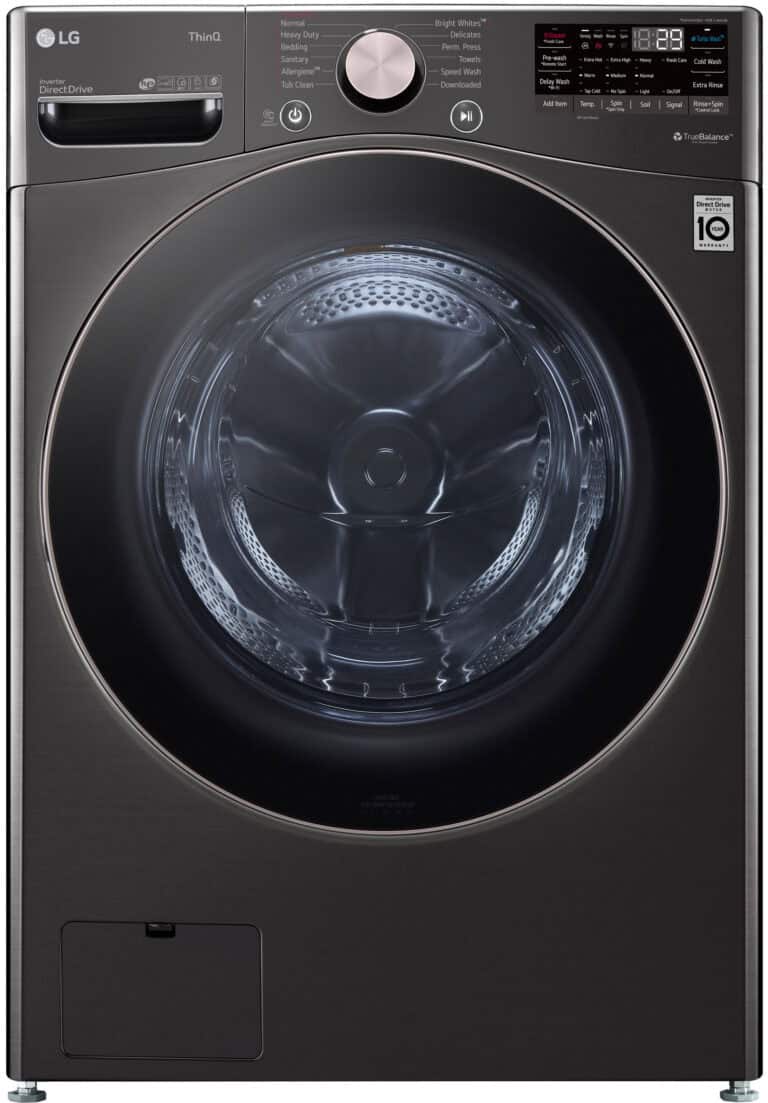
A dishwasher that fails to clean dishes properly can be frustrating. The most common causes include clogged filters, hard water buildup, improper loading, and mechanical issues. Dirty dishes after a wash cycle often indicate a problem that needs attention.
Solving this issue often starts with simple steps. Checking and cleaning the dishwasher’s filter can make a big difference. Many people overlook this important maintenance task. Hard water deposits can also hinder cleaning performance. Using a rinse aid or a dishwasher cleaner designed for hard water can help tackle this problem.
Proper loading techniques are crucial for effective cleaning. Overcrowding the dishwasher or blocking the spray arms can prevent water and detergent from reaching all the dishes. Taking time to load dishes correctly can significantly improve cleaning results.
Dishwasher Doesn’t Clean: Troubleshooting and Solutions
If your dishwasher isn’t cleaning dishes properly—leaving food residue, spots, or cloudy film—there are several common causes and fixes to try before calling a professional.
Common Causes of Poor Dishwasher Cleaning
- Clogged or dirty spray arms
- Dirty or clogged filters
- Using the wrong detergent or too little detergent
- Overloading or improper loading of dishes
- Hard water buildup or mineral deposits
- Faulty water inlet valve or low water temperature
- Drainage problems
- Mechanical issues like a broken pump or motor
Step-by-Step Troubleshooting and Fixes
1. Check and Clean Spray Arms
- Remove the spray arms (usually snap or screw off).
- Inspect for clogs or debris blocking the holes.
- Rinse under running water and use a toothpick or small brush to clear holes.
- Reinstall securely.
2. Clean the Filter
- Locate the dishwasher filter at the bottom.
- Remove and rinse it under running water to clear food particles.
- Clean the filter area inside the dishwasher.
- Replace the filter properly.
3. Use the Right Detergent and Amount
- Use dishwasher-specific detergent (powder, gel, or pods).
- Avoid using regular dish soap.
- Follow manufacturer’s recommended detergent amount.
- Consider adding a rinse aid to prevent spots and improve drying.
4. Load Dishes Properly
- Avoid overcrowding; ensure water can reach all surfaces.
- Place large items on the sides or bottom, not blocking spray arms.
- Face dirty sides toward spray arms.
- Avoid nesting bowls or stacking plates too tightly.
5. Check Water Temperature
- Run hot water in the sink before starting the dishwasher to ensure hot water supply.
- The dishwasher works best at 120°F (49°C) or higher.
- Adjust your water heater if necessary.
6. Inspect Water Inlet Valve
- If the dishwasher isn’t filling properly, the inlet valve might be faulty or clogged.
- Check for kinked water supply hose.
- Consider replacing the valve if water flow is insufficient.
7. Run a Cleaning Cycle
- Use a dishwasher cleaner to remove mineral buildup and grease.
- Run an empty cycle with the cleaner monthly to maintain performance.
8. Check Drainage
- Ensure the drain hose is not clogged or kinked.
- Clean the air gap (if installed) on the sink.
- Verify the dishwasher is draining completely after cycles.
9. Inspect for Mechanical Issues
- Listen for unusual noises indicating pump or motor problems.
- If water isn’t circulating or draining, professional service may be needed.
Preventive Tips
- Regularly clean filters and spray arms.
- Use rinse aid and proper detergent.
- Avoid pre-rinsing dishes excessively; some residue helps detergent work.
- Run dishwasher cleaning cycles monthly.
- Inspect hoses and connections periodically.
Sources:
- Bob Vila: Dishwasher Not Cleaning Dishes? Try These 10 DIY Fixes
- Today’s Homeowner: Dishwasher Not Cleaning Properly? Here Are 9 Quick Fixes
- Family Handyman: Dishwasher Repair Tips
Key Takeaways
- Regular filter cleaning and proper loading are essential for optimal dishwasher performance
- Hard water buildup can be addressed with specific cleaning products and rinse aids
- Simple maintenance and troubleshooting steps can often resolve common dishwasher cleaning issues
Understanding Dishwasher Mechanisms
Dishwashers rely on several key components to clean dishes effectively. These mechanisms work together to ensure proper water flow, temperature control, and cleaning action.
Role of Water Inlet Valve
The water inlet valve controls the flow of water into the dishwasher. It opens when the dishwasher needs water and closes to stop the flow. A faulty inlet valve can lead to insufficient water, impacting cleaning performance.
Signs of a problematic inlet valve include:
- Low water levels in the dishwasher
- Dishes not getting clean
- Unusual noises during the fill cycle
To check the inlet valve, users can:
- Inspect for visible damage or debris
- Test electrical continuity with a multimeter
- Listen for clicking sounds when the dishwasher starts
Replacing a faulty inlet valve often resolves water flow issues and improves cleaning results.
Importance of Water Temperature
Proper water temperature is crucial for effective dishwashing. Most dishwashers require water between 120°F and 150°F (49°C to 66°C) for optimal cleaning and sanitizing.
Benefits of correct water temperature:
- Breaks down grease and food particles
- Activates detergent for better cleaning
- Kills bacteria and sanitizes dishes
Low water temperature can result in:
- Dishes not getting clean
- Soap residue on dishes
- Longer wash cycles
To ensure proper water temperature:
- Check the home’s water heater settings
- Use the dishwasher’s heat boost option if available
- Run hot water in the sink before starting the dishwasher
Addressing water temperature issues often leads to significantly improved cleaning performance.
Functionality of Spray Arms
Spray arms distribute water and detergent throughout the dishwasher. They rotate to spray water at different angles, ensuring thorough cleaning of all items.
Common spray arm issues include:
- Clogged nozzles
- Broken or damaged arms
- Improper rotation
To maintain spray arm functionality:
- Regularly clean nozzles with a toothpick or wire
- Check for free rotation of arms
- Inspect for cracks or damage
Properly functioning spray arms are essential for even water distribution and effective cleaning. Regular maintenance of these components helps prevent many common dishwasher cleaning problems.
Best Practices for Dishwasher Use
Proper dishwasher usage ensures clean dishes and extends the appliance’s lifespan. Optimal loading, detergent selection, and rinse agent use are key factors in achieving the best results.
Optimal Loading Techniques
Load dishes with soiled surfaces facing the center. Place large items like pots and pans on the bottom rack, angled downward. Position cups, glasses, and bowls on the top rack at a slight angle to prevent water pooling.
Avoid overcrowding to allow water and detergent to circulate freely. Separate silverware pieces to prevent nesting. Don’t block the spray arms with tall items.
Pre-rinse dishes only if they have large food particles. Most modern dishwashers can handle normal food residue.
Choosing the Right Detergent
Select a high-quality dishwasher detergent suited to your water hardness. Powder, gel, or tablet forms are available. Tablets often provide the most consistent results.
Use the amount recommended by the manufacturer. Too little won’t clean effectively, while too much can leave residue.
Store detergent in a cool, dry place to maintain its effectiveness. Replace old or clumped detergent.
For heavily soiled loads, consider using a detergent booster or pre-wash product.
Rinse Agent and Softener Use
Rinse agents reduce water spots and improve drying. Fill the rinse agent dispenser regularly. Most dishwashers have an indicator light or window to show when it’s low.
In hard water areas, use a water softener to prevent mineral buildup. This helps the detergent work more effectively and reduces spotting on glassware.
Adjust rinse agent dispensing based on your water hardness and dishwasher model. Start with the manufacturer’s recommended setting and adjust as needed.
For areas with very hard water, consider installing a whole-house water softening system.
Troubleshooting Common Issues
Addressing common dishwasher problems can significantly improve cleaning performance. Proper maintenance and understanding key issues are essential for optimal dishwasher function.
Dealing with Hard Water
Hard water can leave mineral deposits on dishes and inside the dishwasher. To combat this:
- Use a water softener or install a whole-house water softening system.
- Add rinse aid to every load to prevent spots and films on dishes.
- Run an empty cycle with white vinegar monthly to dissolve buildup.
For severe cases, consider using citric acid-based cleaners designed for dishwashers. These products effectively remove mineral deposits without damaging internal components.
Maintaining Water Pressure
Adequate water pressure is crucial for proper cleaning. To ensure sufficient pressure:
- Check and clean spray arms regularly. Remove any debris blocking the holes.
- Inspect the water inlet valve for clogs or malfunctions.
- Ensure the water supply line is not kinked or damaged.
If pressure remains low, test the home’s water pressure. It should be between 20-120 psi for optimal dishwasher performance. Consider calling a plumber if pressure issues persist.
Cleaning and Maintenance
Regular cleaning prevents buildup and ensures efficient operation. Follow these steps:
Clean the filter monthly:
- Remove and rinse under warm water
- Scrub gently with a soft brush if needed
Wipe door seals with a damp cloth weekly to prevent mold growth.
Run the dishwasher empty with a cup of white vinegar in the top rack monthly.
Check and clean the drain hose annually to prevent clogs.
Inspect and tighten any loose connections.
Proper loading techniques also improve cleaning. Avoid overcrowding and ensure dishes don’t block the spray arms’ rotation.
Frequently Asked Questions
Dishwasher cleaning issues can stem from various factors. Understanding common problems and their solutions helps maintain optimal dishwasher performance.
What steps can be taken to address a dishwasher that is not cleaning the dishes effectively?
Check the spray arms for clogs. Remove and clean them thoroughly. Inspect the dishwasher filter and clean it if necessary.
Ensure dishes are loaded properly, allowing water to reach all surfaces. Avoid overcrowding the dishwasher.
Use the correct amount of detergent. Too little won’t clean effectively, while too much can leave residue.
How can one troubleshoot a dishwasher that is not spraying water?
Verify the water supply valve is fully open. Check the inlet hose for kinks or blockages.
Inspect the spray arms for clogs or damage. Clean or replace them if needed.
Test the water inlet valve for proper function. A faulty valve may need replacement.
What should be checked if the top rack of a dishwasher is not cleaning dishes?
Examine the upper spray arm for obstructions. Clean any debris from the holes.
Ensure the top rack is properly aligned and not blocking the spray arm’s rotation.
Check if items in the lower rack are blocking water from reaching the upper level.
Why might a dishwasher leave food residue on dishes after a cleaning cycle?
Insufficient pre-rinsing can cause this issue. Scrape off large food particles before loading.
A clogged filter can prevent proper water circulation. Clean the filter regularly.
Hard water deposits can affect cleaning performance. Use a rinse aid or water softener.
What maintenance procedures should be performed to ensure a dishwasher cleans properly?
Clean the filter monthly to prevent buildup. Wipe down the door seals to maintain a proper seal.
Run an empty cycle with vinegar every few months to remove mineral deposits.
Check and clean the spray arms regularly to ensure unobstructed water flow.
What could be causing a new dishwasher to fail to clean dishes satisfactorily?
Improper installation may affect water flow or drainage. Verify all connections are secure.
Incorrect detergent usage can impact cleaning effectiveness. Use detergent specifically designed for dishwashers.
User error in loading or cycle selection can lead to poor results. Review the user manual for proper operation.





